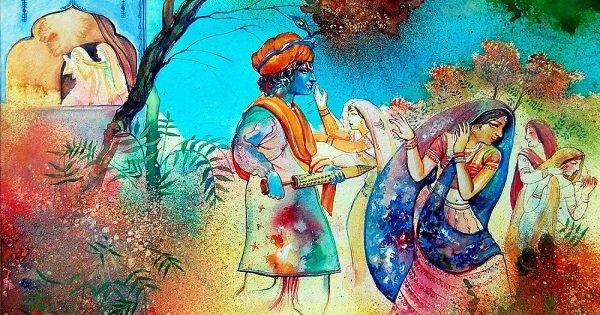Let’s be honest, punctuality has never been our forte. Being 15 minutes late for anything is almost a norm. But the traditional Indian callousness wasn’t always the reason people turned up late for meetings, especially in Mumbai. The lack of a single time standard doesn’t sound like a very valid excuse, but it actually was.
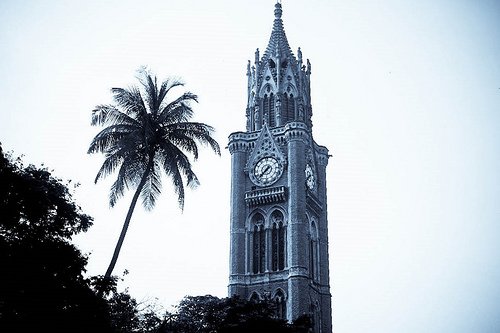
There was a time when the city of Mumbai followed 3 different time zones simultaneously? Yes, it sounds bizarre but this was actually true and people of Mumbai lived through the confusion for a good three decades of the 19th-century.
In the 1960s, Australian scholar James Cosmas Masselos came to Mumbai to study its urban history. During the course of his research, one particular aspect of the city caught his interest. He called it the “battle of the clocks.” Although he wasn’t a stranger to Indians turning up late for appointments, he found out that during the 1870s, people could blame it on “Bombay Time.” He decided to look for more official documents of the time at the Maharashtra State Archives at Kala Ghoda and The India Office Records in London.
‘Bombay Time’, he discovered was the time zone that only some parts of the city of Bombay followed. It was 4 hours and 51 minutes ahead of the Greenwich Mean Time (GMT), and was based on the movement of the sun. It was followed only in the city of Bombay from Sion to Mahim.
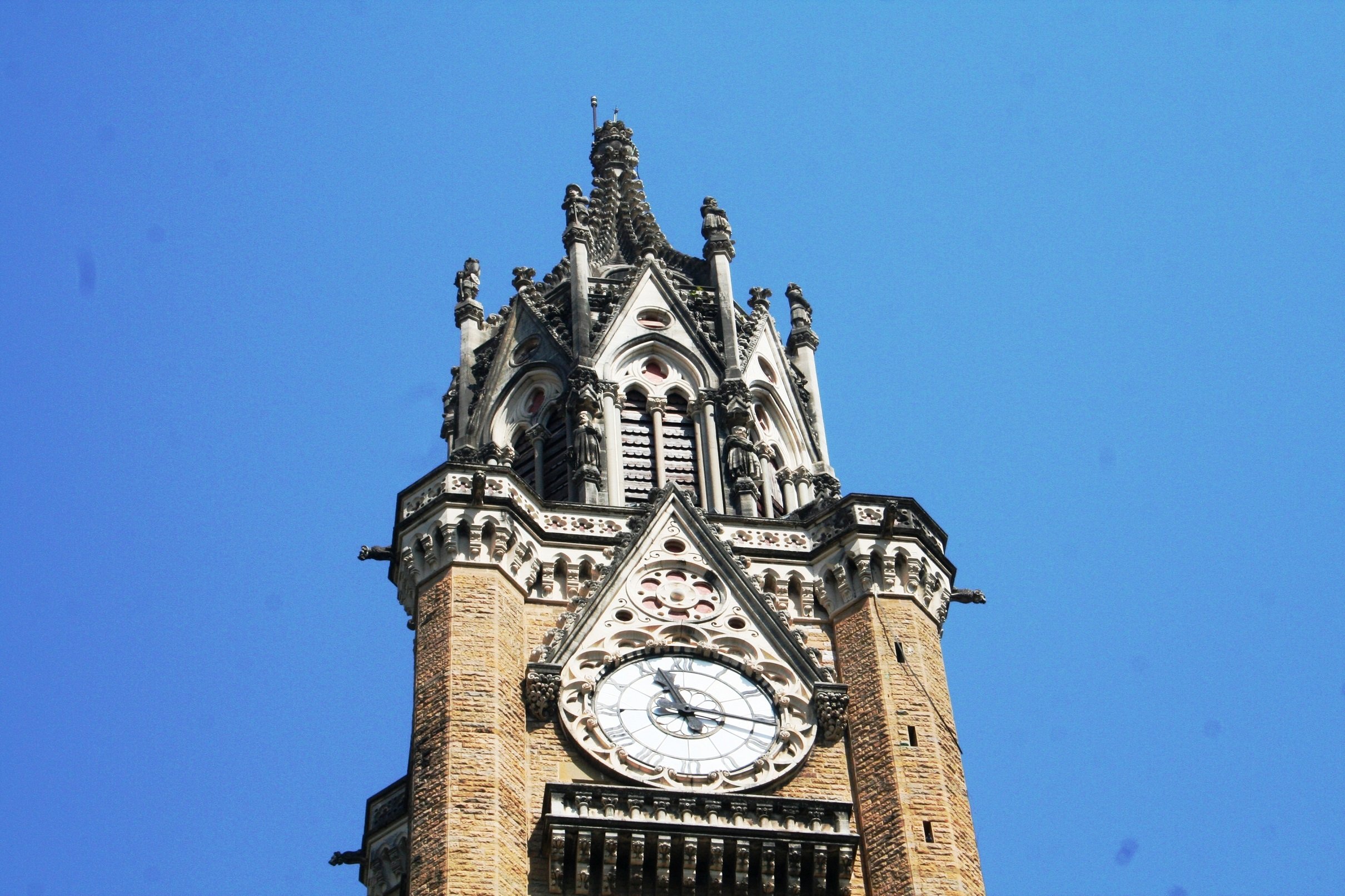
The rest of India, though, had their clocks set according to another standard, called the Railway Time (also known as Madras Time/Indian Mean Time), which was 5 hours and 21 minutes ahead of the GMT. This was based on the longitude of the Madras Observatory.
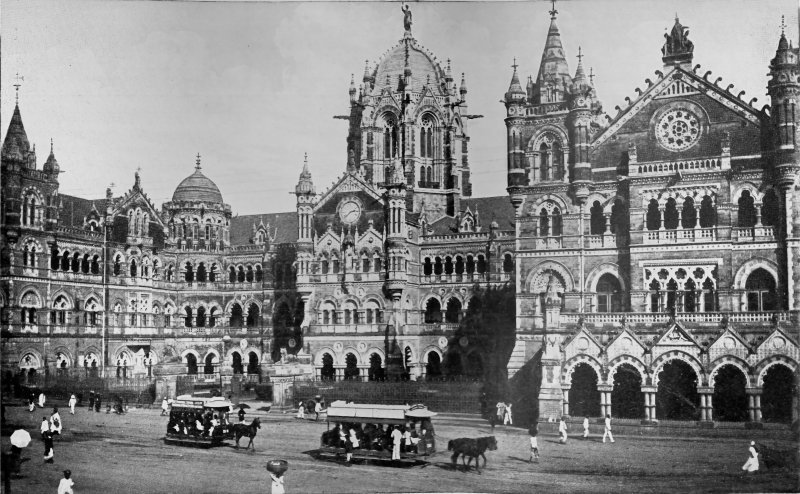
The 30-minute difference in the two time zones meant that when the clock tower showed 10 AM, the Railway Time would be 10.30 AM. Citizens of Bombay had learnt to live with these two time zones. People would leave half an early by Bombay Time if they had to catch a train by Railway Time. It did cause confusion sometimes, and as Sir James Fergusson (the Governor of Bombay from 1880 to 1885) found out, it wasn’t too uncommon that people missed their trains when they failed to factor in the time difference.
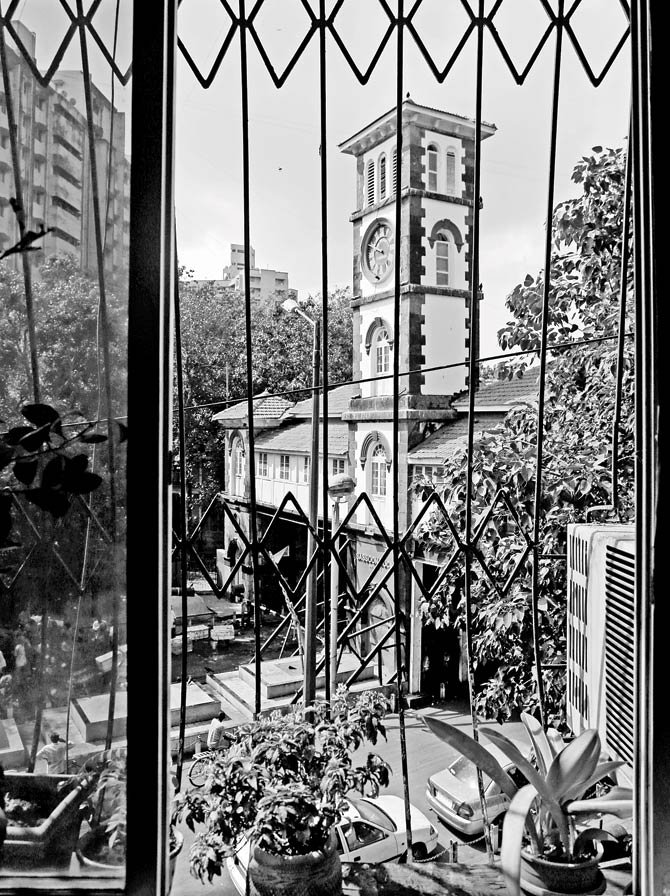
According to Mid-day, this is what Masselos had to say about this phenomenon,
Bombay people thought they were special, and they still do. There was a degree of rivalry, not just between nations, but also between cities and presidencies. Bombay didn’t want to follow Madras’ time.
But having two time zones wasn’t the end of Bombay’s confusion with clocks. Because it was one of the most important port towns of the country, the seafronts on the East side of the city followed another standard known as the Port Standard Time. Astronomer at the Colaba Observatory, Nanabhoy Ardeshir Framji Moos, set the Port Standard time to be ahead of GMT by 5 hours.
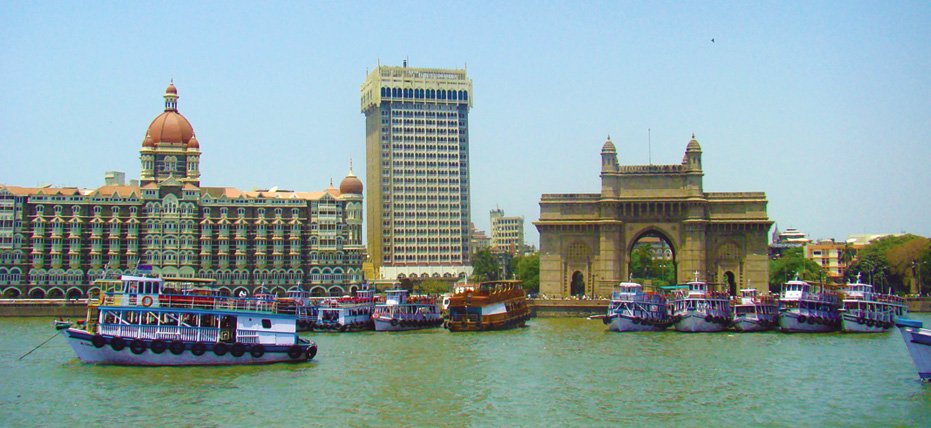
And yes, moving through the city in those days was like moving between time zones, while still being in the same city. Clock towers, church bells, time signals and railways were all functioning on different time standards. However, until the turn of the century, clock precision didn’t matter much. 30 minutes here and there was not a problem. It was only after the invention of the telegraph, that the need for accuracy arose.
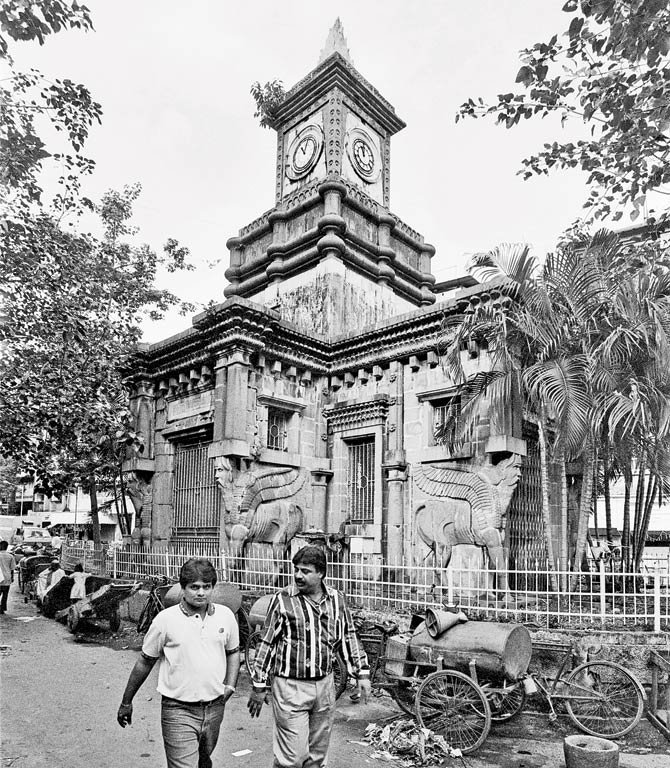
Thankfully, all this was put to an end, when the entire country, including Bombay, adopted a standard time, which we now know as Indian Standard Time (IST), set by the longitude of the observatory in Allahabad. But again, Bombay, thanks to its need for exclusivity, refused to add 39 minutes to their clocks to keep up with IST. It became their way of standing up against the colonial masters. Workers in Jacob Sassoon Mill went on strike when the time was changed from 5.30 AM to 6.09 AM. It was only in 1950, when Bombay city was unified with suburban Bombay, that the city finally adopted the IST.
This could have been the perfect excuse for getting late to work. (Just saying)





